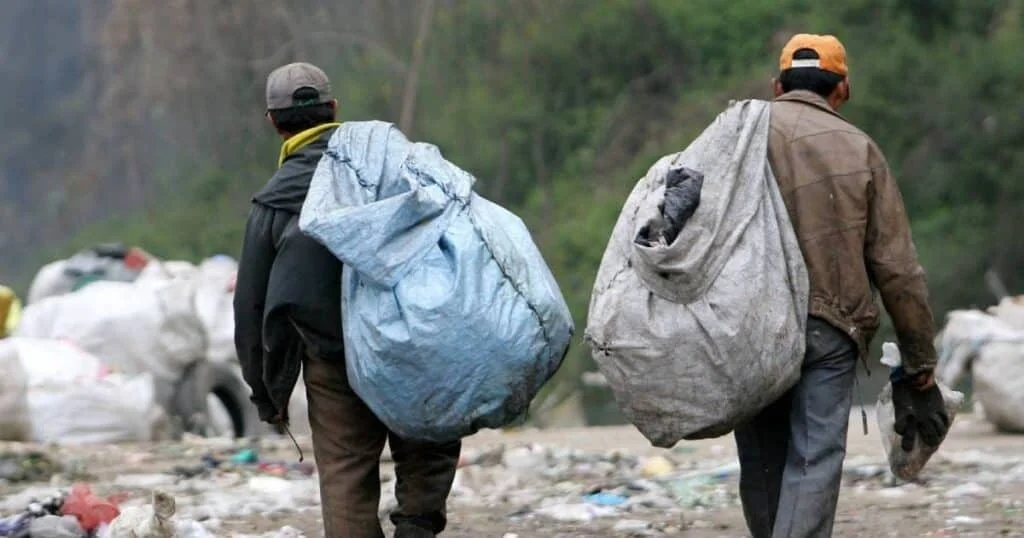Between 2018 and 2024, 10% of Mexicans rose above poverty, equivalent to 13.4 million people.
At the same time, 1.7 million people emerged from extreme poverty.
In Mexico, poverty is measured using a multidimensional approach. A person falls into this category when they face at least one social deprivation. This could be educational backwardness, lack of health services, or poor housing. In addition, their income does not cover basic needs.
Extreme poverty marks a more severe scenario. It affects those whose income is so low that it does not even guarantee essential food. Added to this are three or more social deprivations.
Mexicans rose above poverty
Never before have so many Mexicans emerged from poverty in such a short time. In six years, 10% of the population improved their status. In 2018, there were 51.9 million people living in poverty. By 2024, that number had fallen to 38.5 million.
The government attributes this progress to new social, labor, and economic policies. It also attributes it to the efforts of businesspeople, workers, and farmers. In addition, access to social security, housing, basic services, and nutritious food has improved. However, one warning persists: 34% lack formal access to healthcare.
The paradox arises with INEGI data. In 2024, 68.8 million sought medical care and 68.6 million received it. That equates to 99.7%. The official opinion on this: while institutional coverage is lacking, effective care shows encouraging results.
Minimum wage
In the first quarter of 2025, working poverty fell to 33.9%. This is the lowest level since 2005, when the National Occupation and Employment Survey began. It also represents a decrease of 1.9 points compared to the previous year.
The progress is attributed to the policy of recovering the minimum wage and purchasing power. This directly benefits workers and their families. Working poverty measures those who, with their income, cannot cover the food basket for the entire household.
Former President Andrés Manuel López Obrador, in the 2018-2024 period, concentrated power in the executive branch and dominated public discourse. During his administration, he reduced public sector wages and cut non-military spending. At the same time, he raised the minimum wage, pensions, and social programs.
His poverty reduction policies gained popular support. However, his critics pointed out that rates of violence and impunity remained high.

